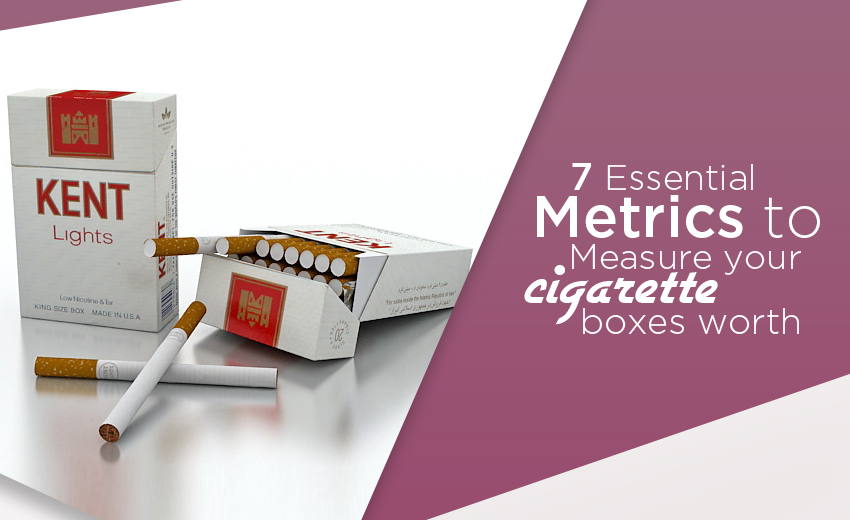- Home
- By Industry
- CBD Packaging
- Custom Corrugated Boxes
- Cosmetic Boxes
- Direct Mail
- Display Packaging
- Eco Friendly Packaging Boxes
- Food and Beverage
- Bakery Boxes
- Cereal Boxes
- Chocolate Boxes
- CupCake Boxes
- Muffin Packaging Boxes
- Pie Boxes
- Subscription Snack Boxes
- Wine Boxes
- Tea Boxes
- Pizza Packaging
- Noodle Boxes
- Donut Packaging Boxes
- Coffee Boxes
- Chinese Food Boxes
- Cake Packaging Boxes
- Candy Boxes
- Chinese Takeout Boxes
- Cookie Boxes
- Macaron Boxes
- Pastry Boxes
- Popcorn Boxes
- Truffle Boxes
- Custom Gift Boxes
- Metalized Boxes
- Retail Packaging
- Archive Boxes
- Book Boxes
- Business Card Boxes
- Candle Packaging Boxes
- Printed Cardboard Boxes
- CD/DVD Storage Boxes
- Christmas Boxes
- Cigarette Boxes
- Cube Boxes
- Custom Boxes
- Die Cut Boxes
- Folding Boxes
- Custom Game Boxes
- Invitation Boxes
- Pharmaceutical Packaging
- Paper Boxes
- Custom Pillow Boxes
- Playing Card Boxes
- Presentation Boxes
- Product Boxes
- Pyramid Boxes
- Shirt Packaging
- Sleeve Boxes
- Custom Soap Boxes
- Software Boxes
- Sports Boxes
- Cardboard Suitcase Boxes
- Tie Boxes
- Toy Boxes
- Wedding Card Boxes
- White Boxes
- Wrap Boxes
- Window Packaging Boxes
- By Box Style
- Other Products
- Why PB
- Request Quote
- Contact Us
- Blog
- Covid-19



